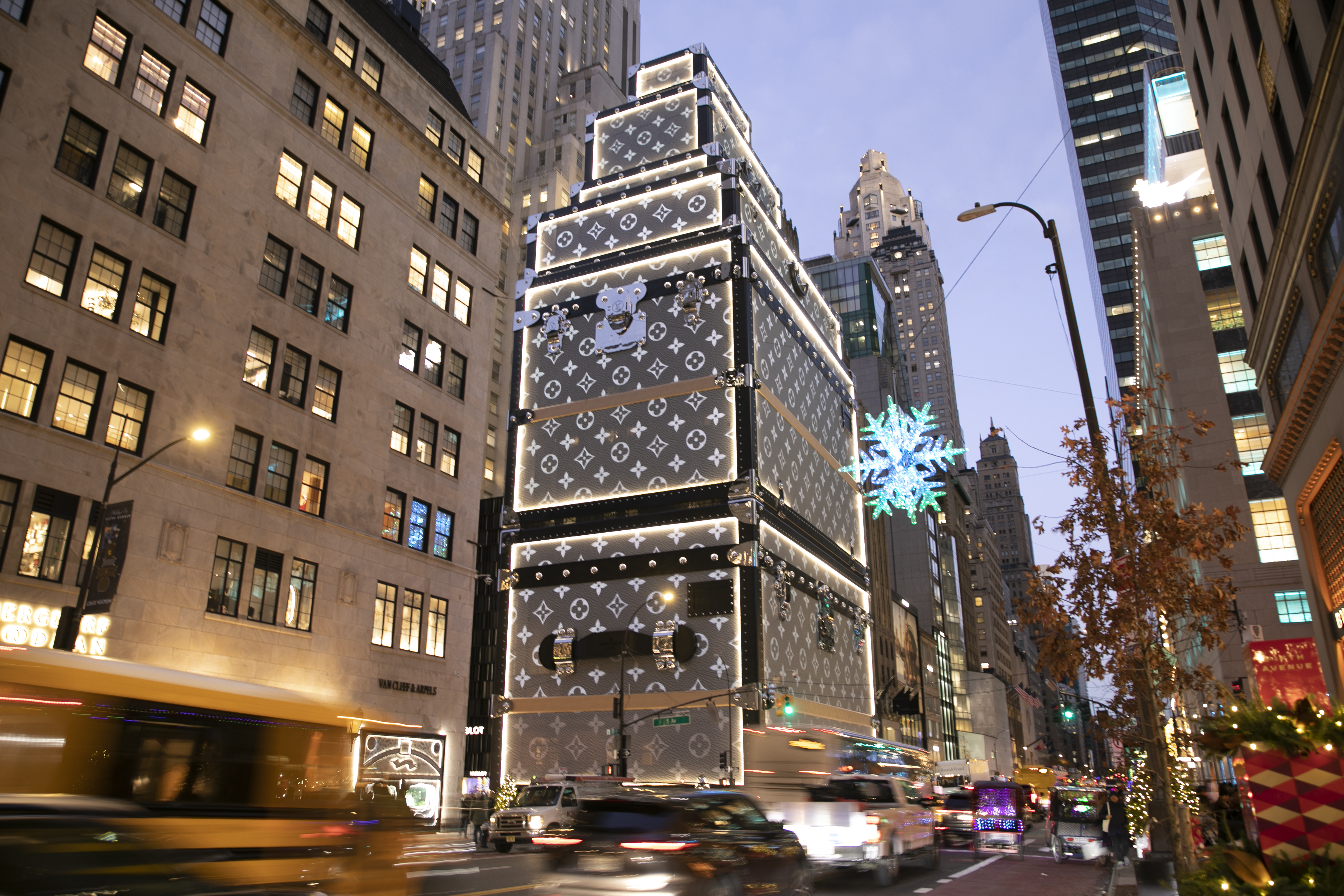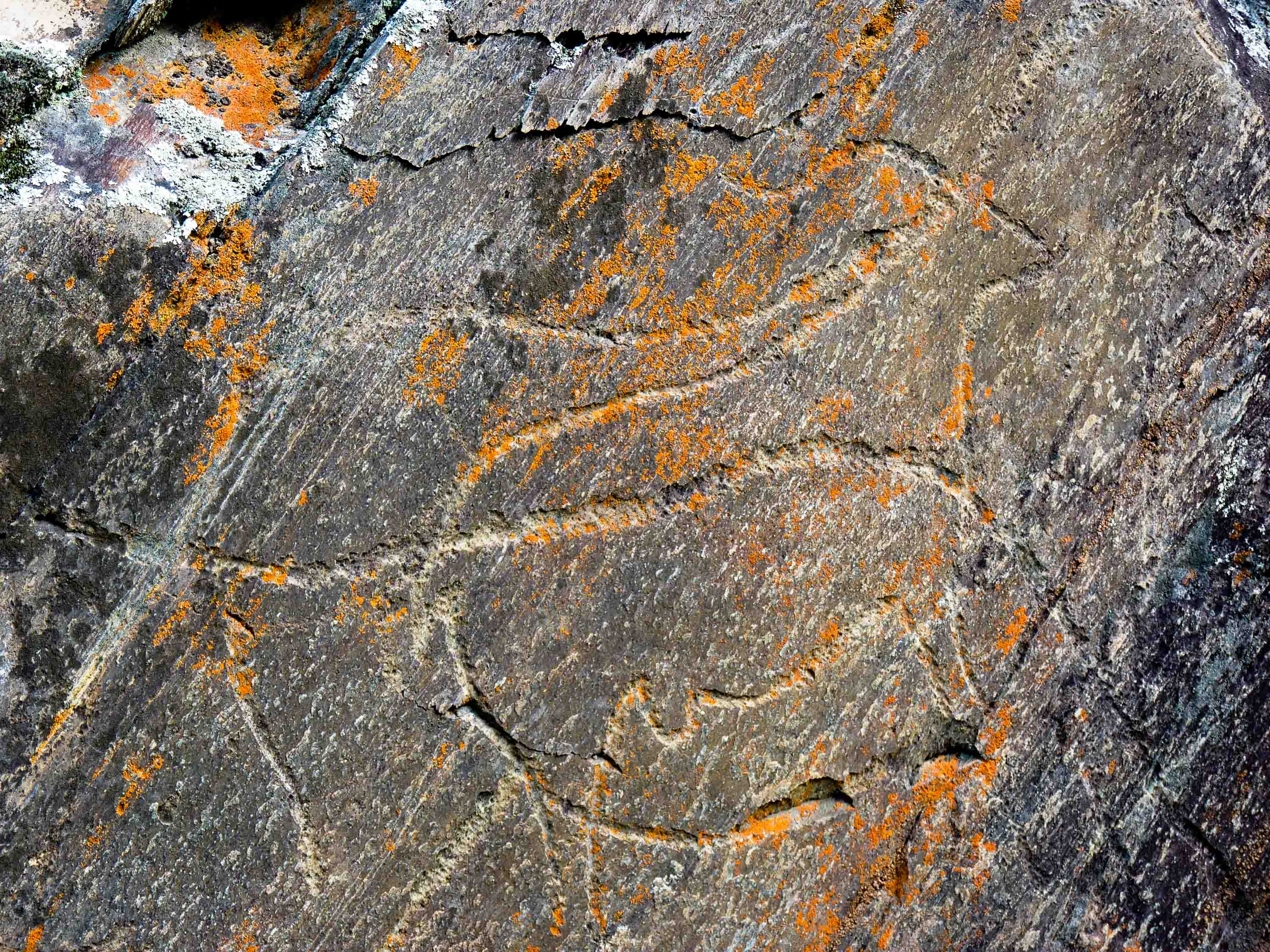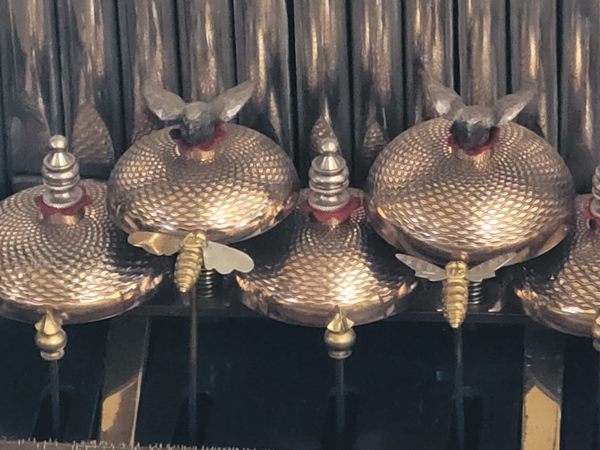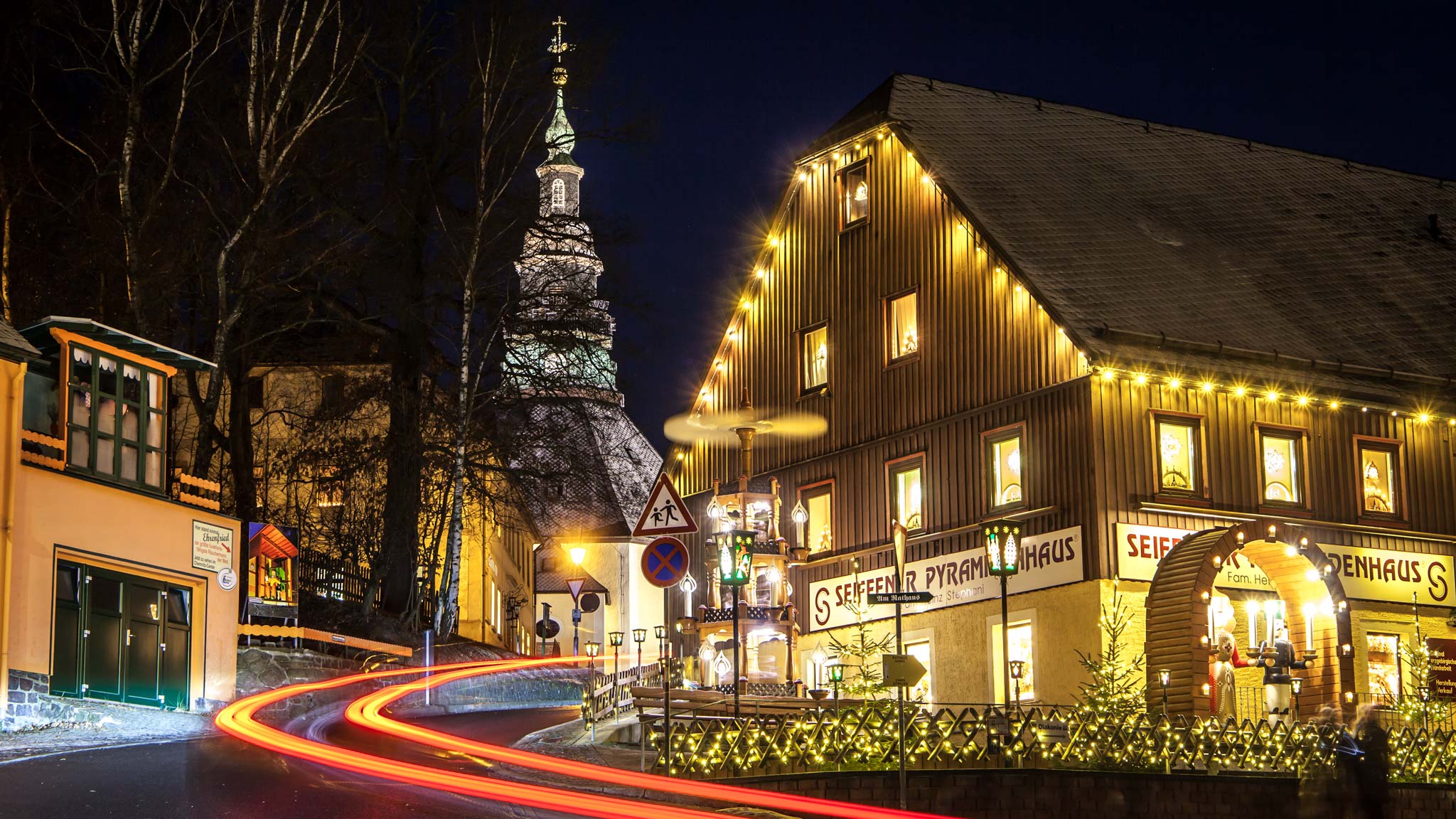Den Hvide Jomfru (The White Maiden) in Nyborg, Denmark
Shrouded in mystery, the small, whitewashed brick tower known as Den Hvide Jomfru—"The White Maiden" in English—has stood for generations in Nyborg, a city that once served as Denmark's capital. Among the many tales surrounding the windowless tower, one of the most enduring suggests that a young maiden was walled up inside as punishment for having a child out of wedlock. The tower’s legend doesn’t end there. Another story claims that leaving a coin on the small, protruding metal ledge on its northern side and walking around the structure will make the offering vanish, snatched by the skeletal hand of the trapped maiden. Centuries ago, the tower's eerie reputation was enough to keep locals at bay. Stories of ghostly figures—a shadowy monk, a black dog with glowing eyes, and the walled-up maiden herself—fueled fears, as did strange sounds said to echo in the night. Even soldiers stationed nearby avoided it, and workers digging trenches in the area reported sensing an unsettling presence after dark. The principal legend ties the tower to Rigborg Brockenhuus (1579–1641), a noblewoman whose life was irrevocably changed. At 19, while attending as a lady-in-waiting at the royal residence, Nyborg Castle, she fell in love with Frederik Rosenkrantz, a young nobleman residing there. Their affair led to an illegitimate son, a grave dishonor in their time. Rosenkrantz was sent to war, where he died in battle, and Brockenhuus was sentenced to life imprisonment by her father. Though folklore links Brockenhuus to the White Maiden, historical records tell a different tale. The tower was actually built decades after her death, and her confinement occurred not in Nyborg but at her father’s castle in Egeskov. There, she was locked in a small room and fed through a hole in the wall. To further shame her, her father hung her portrait above the estate’s latrine. After his death a few years later, she was finally freed. The tower itself, however, has more practical origins rooted in Nyborg's strategic history. Constructed in the 1660s, it served both as a navigational sea marker and a barred tower. Positioned atop a dam, it prevented enemies from using the crest as a walkway to the king’s bastion. Today, while the dam and bastion are long gone, the White Maiden remains—a lone survivor of its kind in Denmark.
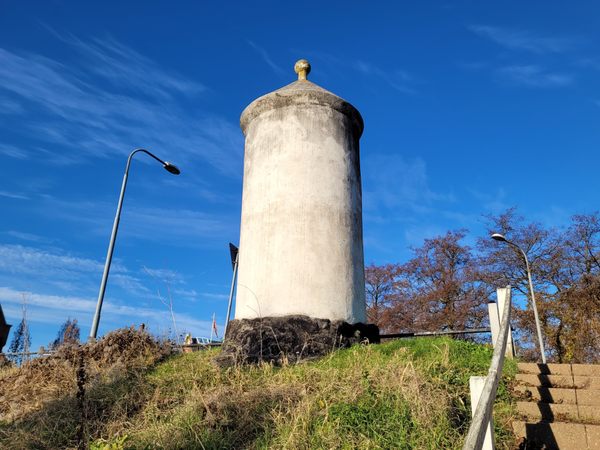

Shrouded in mystery, the small, whitewashed brick tower known as Den Hvide Jomfru—"The White Maiden" in English—has stood for generations in Nyborg, a city that once served as Denmark's capital. Among the many tales surrounding the windowless tower, one of the most enduring suggests that a young maiden was walled up inside as punishment for having a child out of wedlock.
The tower’s legend doesn’t end there. Another story claims that leaving a coin on the small, protruding metal ledge on its northern side and walking around the structure will make the offering vanish, snatched by the skeletal hand of the trapped maiden.
Centuries ago, the tower's eerie reputation was enough to keep locals at bay. Stories of ghostly figures—a shadowy monk, a black dog with glowing eyes, and the walled-up maiden herself—fueled fears, as did strange sounds said to echo in the night. Even soldiers stationed nearby avoided it, and workers digging trenches in the area reported sensing an unsettling presence after dark.
The principal legend ties the tower to Rigborg Brockenhuus (1579–1641), a noblewoman whose life was irrevocably changed. At 19, while attending as a lady-in-waiting at the royal residence, Nyborg Castle, she fell in love with Frederik Rosenkrantz, a young nobleman residing there. Their affair led to an illegitimate son, a grave dishonor in their time. Rosenkrantz was sent to war, where he died in battle, and Brockenhuus was sentenced to life imprisonment by her father.
Though folklore links Brockenhuus to the White Maiden, historical records tell a different tale. The tower was actually built decades after her death, and her confinement occurred not in Nyborg but at her father’s castle in Egeskov. There, she was locked in a small room and fed through a hole in the wall. To further shame her, her father hung her portrait above the estate’s latrine. After his death a few years later, she was finally freed.
The tower itself, however, has more practical origins rooted in Nyborg's strategic history. Constructed in the 1660s, it served both as a navigational sea marker and a barred tower. Positioned atop a dam, it prevented enemies from using the crest as a walkway to the king’s bastion. Today, while the dam and bastion are long gone, the White Maiden remains—a lone survivor of its kind in Denmark.





















































































































































































.jpg)




